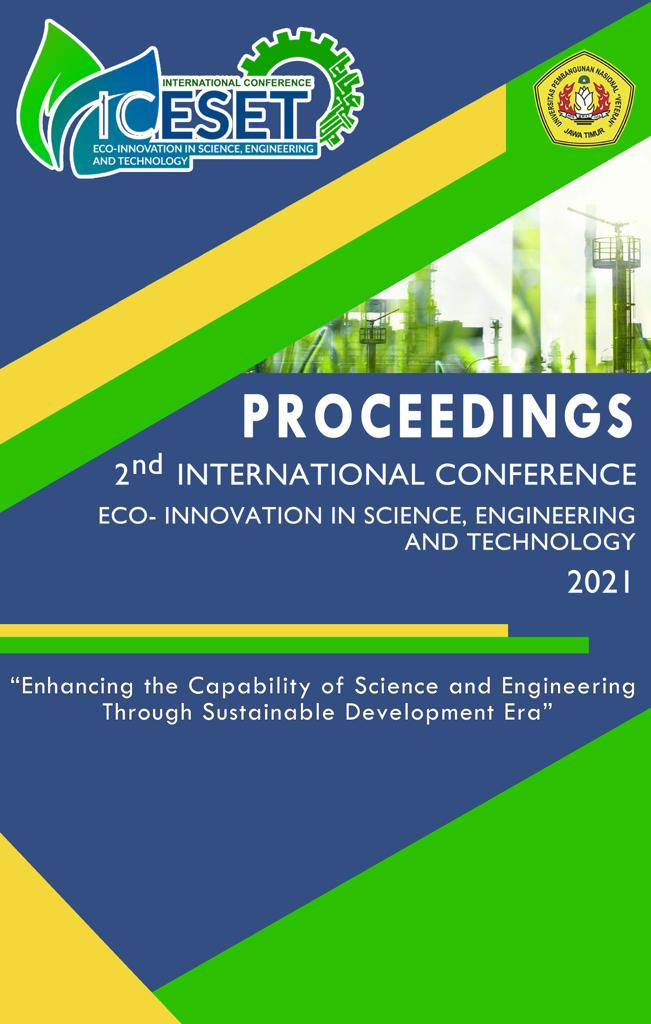Characterization of the Effluent Organic Matter (EfOM) from the Domestic Wastewater Treated using Oxidation ditch and Microalgae Chlorella sp.
DOI:
https://doi.org/10.11594/nstp.2021.1418Keywords:
Oxidation Ditch Alga Reactor (ODAR), characterization, Chlorella sp., FTIRAbstract
Many advantages are obtained in treatment using microalgae. Microalgae treatment using an oxidation ditch can remove organic matter in wastewater. On the other side, the wastewater treatment using microalgae with oxidation ditch algae reactor (ODAR) to reduce organic matter also produces by-products that are harmful if dissolved in water. Processing in ODAR has Effluent Organic Matter (EfOM) and Algae Organic Matter (AOM) which are by-products of the microalgae process. The content of these compounds can lead to the formation of DBPs in water. This research was conducted on control variation (without microalgae) and variation of the volume of waste and microalgae 1:3, with oxic and oxic-anoxic conditions. Spectroscopy FTIR test is used to determine the organic matter contained through its functional groups. In the oxic-anoxic control variation, the FTIR percentage increased to 46.63% on the fifth day. In control oxic variation, it decreased to 46.12%. Meanwhile, in the oxic-anoxic 1:3 variation, the percentage decreased on the fifth day to 46.39%, and in oxic conditions, the rate was 46.8%. From the results obtained, the addition of microalgae can increase the content of organic matter in processing due to the by-products produced by microalgae and bacteria in processing.
Downloads
Downloads
Published
Conference Proceedings Volume
Section
License
Copyright (c) 2021 Emira Aulia Rachma, Euis Nurul Hidayah, Yuliatin Ali Syamsiah, Hirsandy Rachmadhany Alamsyah

This work is licensed under a Creative Commons Attribution 4.0 International License.
Authors who publish with this proceedings agree to the following terms:
Authors retain copyright and grant the Nusantara Science and Technology Proceedings right of first publication with the work simultaneously licensed under a Creative Commons Attribution License that allows others to share the work with an acknowledgement of the work's authorship and initial publication in this proceeding.
Authors are able to enter into separate, additional contractual arrangements for the non-exclusive distribution of the proceedings published version of the work (e.g., post it to an institutional repository or publish it in a book), with an acknowledgement of its initial publication in this proceeding.
Authors are permitted and encouraged to post their work online (e.g., in institutional repositories or on their website) prior to and during the submission process, as it can lead to productive exchanges, as well as earlier and greater citation of published work (See the Effect of Open Access).














